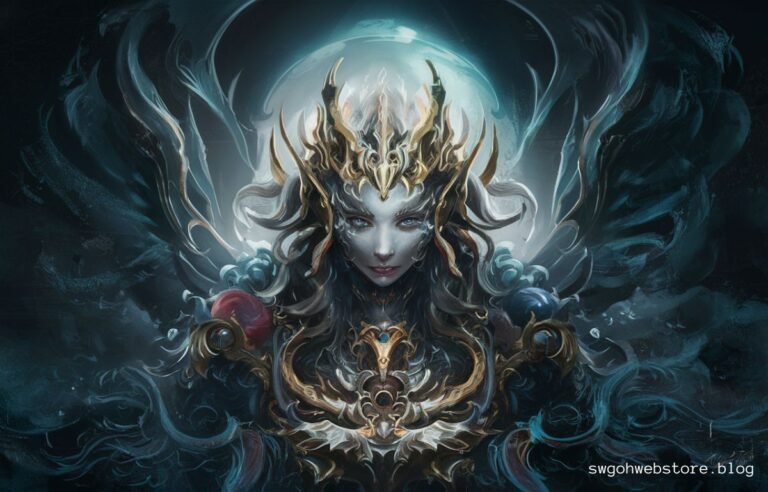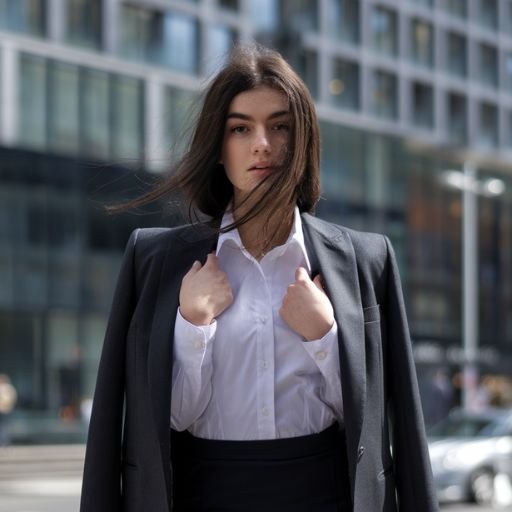design:br5pjouke5o= art is a modern concept that blends creativity and technology. It involves creating unique designs that stand out from traditional art styles. This design style focuses on innovation, using digital tools to craft eye-catching visuals. People are drawn to it because of its fresh and exciting look. It’s becoming more popular in many industries like fashion, advertising, and tech.
In design:br5pjouke5o= art, artists use both their imagination and advanced technology to create something new. This approach allows for more experimentation and freedom. As more people use digital devices, this art form is gaining more attention and appreciation. It’s not just about making things look good—it’s about communicating ideas in a modern way.
The Evolution of design:br5pjouke5o= art
The journey of design:br5pjouke5o= art started with the rise of digital tools and the internet. Over time, as technology advanced, artists began to experiment with new ways to create and share their work. This led to the development of a more digital-focused design style, blending traditional art techniques with modern tools. As a result, design:br5pjouke5o= art has evolved into a cutting-edge form of expression.
The growth of design:br5pjouke5o= art has been influenced by key moments in the tech world, such as the introduction of advanced graphic software and digital platforms. These innovations allowed artists to push boundaries and explore new creative avenues. Today, this art style is a reflection of how technology and creativity can come together, offering endless possibilities for artistic expression.
Key Features of design:br5pjouke5o= art

design:br5pjouke5o= art is known for its unique and bold visual elements. It often uses bright colors, sharp lines, and abstract shapes to create eye-catching designs. The focus is on making each piece stand out and grab attention. Another key feature is its use of digital tools, which allows for precision and creativity that is hard to achieve with traditional methods. This gives the artwork a modern and sleek appearance.
In design:br5pjouke5o= art, artists also experiment with different textures and layers. They often combine various styles and techniques to make their designs more dynamic. This mix of digital and traditional approaches helps create a sense of depth and movement in the artwork. Overall, the style is flexible and allows for a lot of creative freedom, making it popular among designers and artists today.
The Role of Technology in design:br5pjouke5o= art
Technology plays a huge role in shaping design:br5pjouke5o= art. Artists use advanced software and tools to create designs that would be difficult by hand. Programs like Photoshop, Illustrator, and 3D modeling software allow designers to experiment with shapes, colors, and textures easily. This technology helps bring their ideas to life faster and more precisely than ever before.
With the rise of digital art platforms, design:br5pjouke5o= art has become more accessible to artists around the world. Tools like virtual reality and artificial intelligence are also being used to push the boundaries of creativity. These technologies allow artists to explore new possibilities and redefine what art can be. As technology continues to advance, the influence of design:br5pjouke5o= art will only grow stronger.
Also Read: The Future of baby:po7rqszg-9y= cat
Famous Artists and Designers in design:br5pjouke5o= art
Many talented artists and designers have made a name for themselves in design:br5pjouke5o= art. These creators have helped popularize the style by using innovative techniques and digital tools. Their work often features bold, modern designs that capture attention and push the boundaries of traditional art. Some of these designers collaborate with tech companies, fashion brands, or media outlets, showcasing their unique style to a larger audience.
These pioneers of design:br5pjouke5o= art have inspired a new generation of digital artists. They experiment with different forms of media, combining 3D rendering, animation, and graphic design to create stunning visuals. As this design style grows in popularity, more artists are gaining recognition for their contributions, helping to shape the future of the art world. Their works continue to influence not only art but also how we use design in everyday life.
Applications of design:br5pjouke5o= art in Different Industries
design:br5pjouke5o= art is used in many industries because of its bold and innovative style. In advertising, companies use this design to create eye-catching campaigns that stand out from the competition. Its vibrant visuals help brands capture the attention of their audience. Fashion designers also apply this art style to create trendy and modern clothing patterns, blending creativity with visual appeal.
In the tech industry, design:br5pjouke5o= art is used in digital marketing, app design, and even video game graphics. Its ability to bring unique ideas to life makes it popular for branding and logo creation. Architecture and interior design also benefit from this style, using its bold elements to craft modern, artistic spaces. This design style offers endless possibilities for creativity across various fields.
Design Principles in design:br5pjouke5o= art
design:br5pjouke5o= art follows several key design principles that make it stand out. One of the most important is the use of bold colors and contrasts. These help draw attention to specific parts of the artwork and create a dynamic visual experience. Balance is also crucial in this style, where designers ensure that every element has its place, creating harmony in the overall composition.
Another principle in design:br5pjouke5o= art is the use of minimalism, often combining simplicity with bold features. Designers carefully choose shapes, lines, and textures to ensure the design remains clean yet impactful. Finally, this art style focuses on creativity and innovation, encouraging artists to break traditional rules and explore new forms of expression. These principles are what make design:br5pjouke5o= art both visually appealing and effective.
Challenges in Mastering design:br5pjouke5o= art
Learning design:br5pjouke5o= art can be challenging, especially for new designers. One major hurdle is mastering the digital tools required to create this art style. Programs like Photoshop or Illustrator can be complex, requiring time and practice to use them effectively. Understanding how to combine traditional design principles with modern technology is also a skill that takes time to develop.
Another challenge in design:br5pjouke5o= art is finding a balance between creativity and functionality. While the style encourages innovation, it’s important to ensure that the designs still serve their purpose, whether for advertising, fashion, or digital media. Designers may also face creative blocks, especially when trying to push boundaries in a constantly evolving field. Overcoming these challenges requires patience, practice, and continuous learning.
Future Trends in design:br5pjouke5o= art
The future of design:br5pjouke5o= art is bright and filled with exciting possibilities. One major trend is the increased use of artificial intelligence in the creative process. AI tools can help artists generate unique ideas, automate repetitive tasks, and even create art themselves. This technology allows designers to focus more on their creative vision while enhancing efficiency in their work.
Another trend in design:br5pjouke5o= art is the integration of augmented reality (AR) and virtual reality (VR) into design projects. These technologies enable artists to create immersive experiences that engage viewers in new ways. As more people use AR and VR devices, the demand for innovative designs will grow. Additionally, sustainability is becoming a significant focus, with artists exploring eco-friendly materials and practices in their work. These trends show that design:br5pjouke5o= art will continue to evolve, pushing the boundaries of creativity and technology.
Conclusion
In conclusion, design:br5pjouke5o= art has made a significant impact on the art world, blending creativity with technology in exciting ways. This modern style offers fresh perspectives and innovative techniques that challenge traditional artistic boundaries. As artists and designers embrace this approach, they create unique and captivating works that resonate with today’s audiences. The influence of design:br5pjouke5o= art can be seen across various industries, from advertising to fashion, demonstrating its versatility and relevance.
The future of design:br5pjouke5o= art looks promising, with ongoing advancements in technology and new trends emerging. As artists continue to explore and push the limits of this style, we can expect even more remarkable creations that redefine what art can be. By fostering creativity and embracing innovation, design:br5pjouke5o= art is set to leave a lasting legacy in the art world, inspiring generations of artists to come.
FAQs about design:br5pjouke5o= art
What is design:br5pjouke5o= art?
design:br5pjouke5o= art is a modern artistic style that combines creativity with advanced technology. It emphasizes bold visuals, unique designs, and the use of digital tools to create eye-catching artwork. This art form has emerged as a popular choice in various industries, including fashion, advertising, and digital media, due to its innovative approach and ability to communicate ideas effectively.
How did design:br5pjouke5o= art evolve?
The evolution of design:br5pjouke5o= art began with the rise of digital technology and the internet. As graphic design software became more accessible, artists started to experiment with new techniques and styles. This shift allowed for a blend of traditional art methods with modern digital tools, resulting in a fresh and exciting form of expression that continues to grow in popularity.
What are the key features of design:br5pjouke5o= art?
Some key features of design:br5pjouke5o= art include bold colors, sharp lines, and abstract shapes. This style often incorporates various textures and layers, creating depth and movement in the artwork. Designers also focus on balancing creativity and functionality, ensuring that their designs not only look good but also serve their intended purpose.
How is technology used in design:br5pjouke5o= art?
Technology plays a crucial role in design:br5pjouke5o= art by providing artists with advanced tools and software. Programs like Adobe Photoshop and Illustrator enable designers to create precise and innovative artworks. Additionally, emerging technologies like artificial intelligence, augmented reality, and virtual reality are being integrated into this art form, allowing for new creative possibilities and immersive experiences.
What are some common applications of design:br5pjouke5o= art?
design:br5pjouke5o= art is applied in various industries, including advertising, fashion, and technology. In advertising, it helps create eye-catching campaigns that capture consumer attention. In fashion, designers use this art style to develop trendy clothing patterns. Additionally, tech companies utilize design:br5pjouke5o= art in digital marketing and app design, demonstrating its versatility and effectiveness in engaging audiences across different platforms.

Alice, an 8-year veteran, blends tech savvy with wanderlust. His fashion-forward perspective and business acumen create captivating content. Explore realms where innovation meets style.